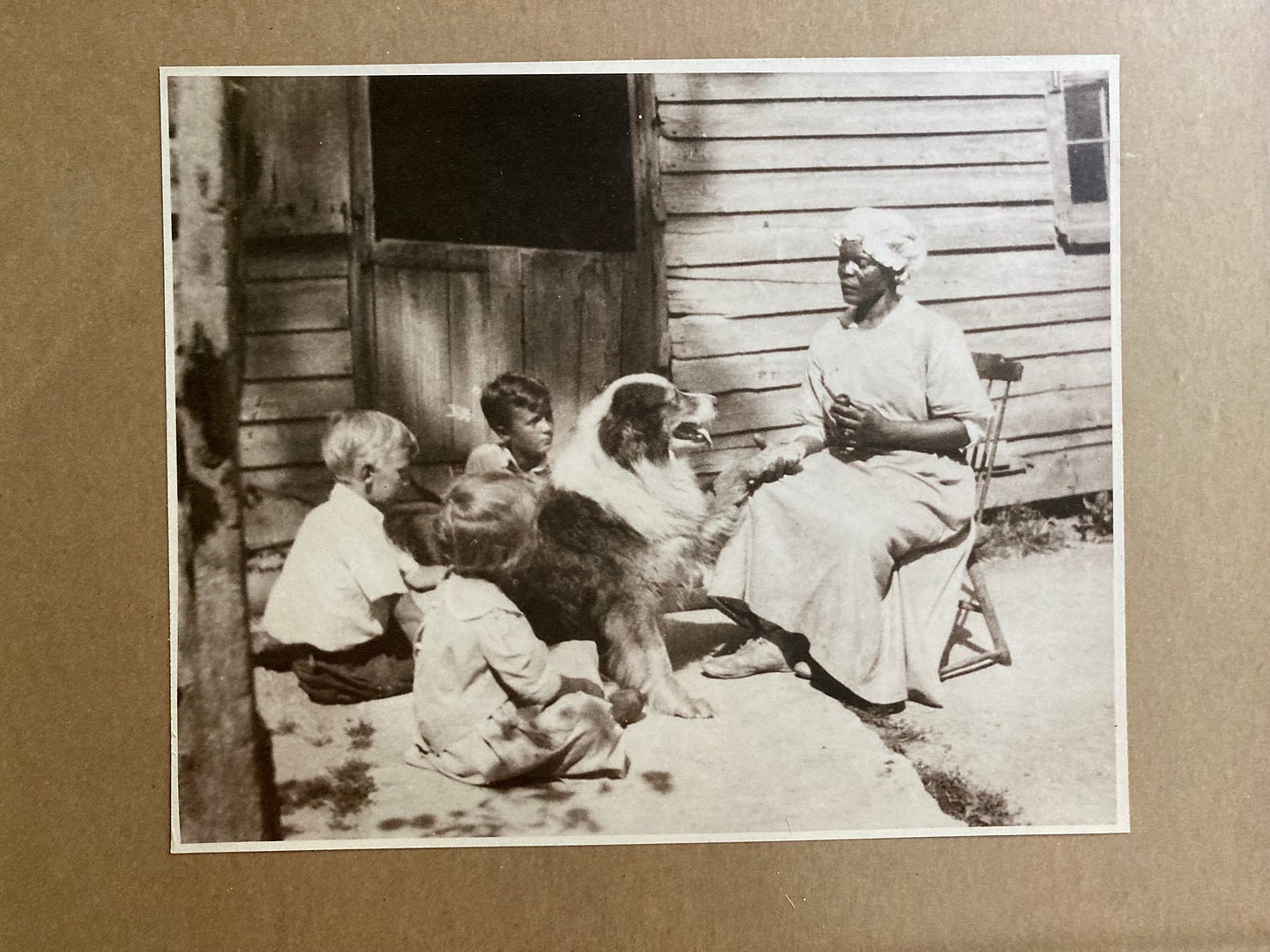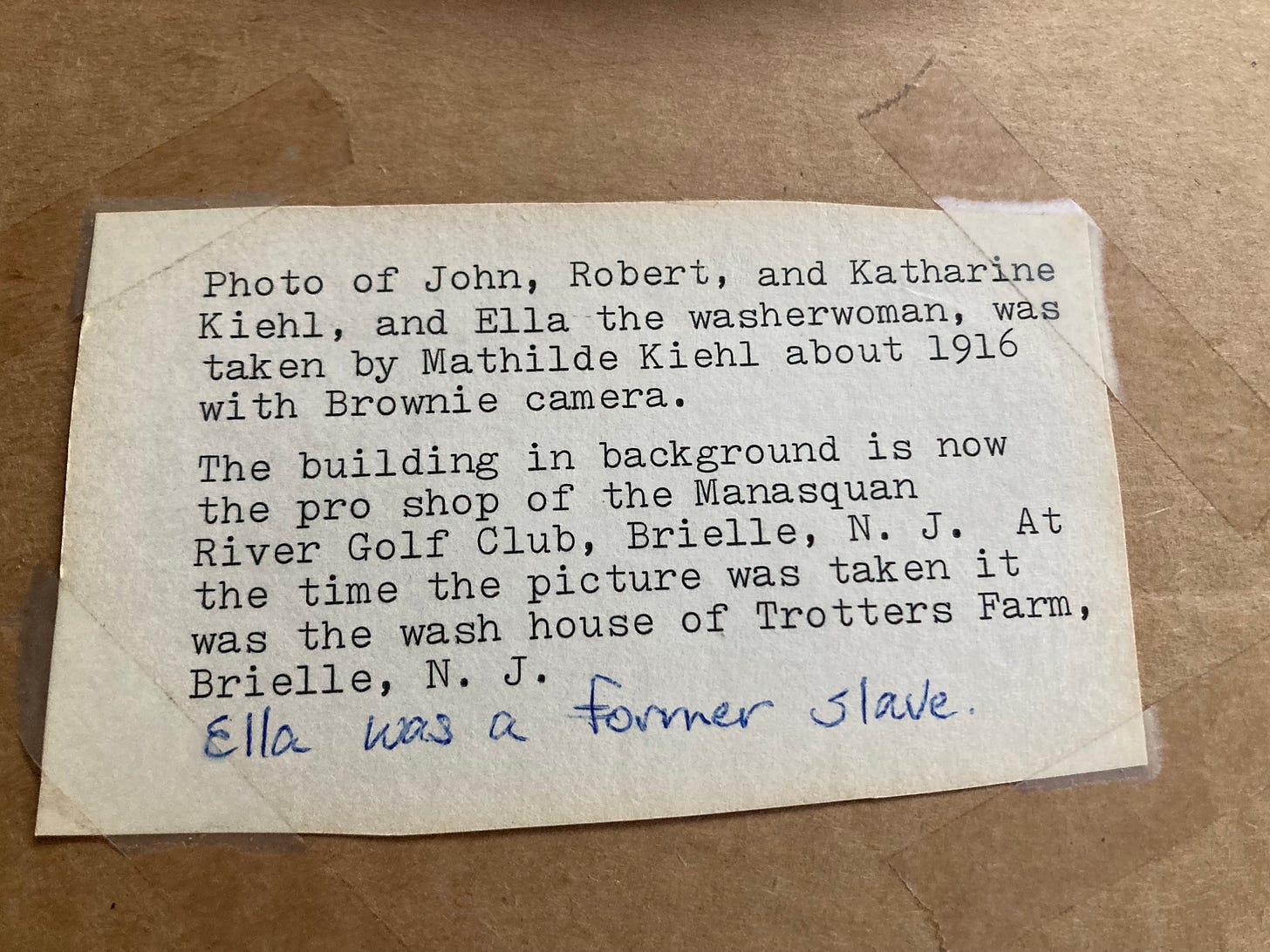.As I looked over at Donna’s desk and saw her head shaking in annoyance, I had a pretty good idea what was happening: her college-age daughter had messed up her checkbook again. Donna was precise and believed that bad accounting was an indication of irresponsibility and generalized life-sloppiness.
Not as careful as Donna nor comfortable with numbers, I was much more forgiving of imprecision. For both Donna’s daughter, now an excellent teacher, and me, whose checkbook could accurately be called “quite a mess,”.“to the penny” accounting seemed relatively unimportant . That said, neither of us ever bounced a check.
The older I get, however, I find myself thinking a lot about numbers. For instance, though I am able to afford what I want at the grocery store, each time I leave the check-out counter owing $33 for a few items, I am viscerally surprised. But lately it’s the big numbers that have caught me up. I am focused on their meaning and weight.
Example: I regularly consider numbers in my historical research. When my grandmother was born in 1884, her mother was how old? And her husband how old? Harry S. Truman was born that same year and France presented the US with the Statue of Liberty that year, too.
Others are annoyingly less attuned to historical time. The photo above has a carefully written provenance on the back.
If the photo was taken in 1916 as indicated—a fact I find completely credible—there is no way that the African American woman pictured could have been a former slave. Think about the dates. Why would the author of that handwritten note make that claim? Because the woman with the pipe was poor and Black? Because her assertion made the photo and the woman more interesting? The note’s author paid little attention to the numbers.
The other day in a conversation with my 40-something year old daughter I referred to “Thomas the Train” as “50’s retro.” That’s not the 1950’s” she corrected me – that’s from my childhood—the 80’s or 90’s. I got off the phone thinking that in my mind “the 80’s are the new 50’s. It brought me to an entirely new sense of retrospection. While people often use numbers to feel younger (the 60’s are the new 50’s), numbers used to date experiences ensure that 60 is NOT the new 50.
Around 1985 I visited a museum in Atlanta, Georgia where a competent 80-something year old guy worked as a docent. When he told a group of youngsters that he fought in WWII there was an audible gasp. He then went on with his story, the part that got to me. As a kid their age the guide had visited a different Atlanta museum and the docent there was probably the same age our guide was now. ”That guy” he went on, “had fought in the Civil War.” The numbers left me feeling decidedly closer to slavery and the Emancipation Proclamation and the issues that divided North and South.
But different numbers are plaguing me these days. I worry about the number of people cut from NIH and NOAA and FEMA. I distress about aid cut to Sub Saharan Africa. And the lack of funding for special education. And support for the arts. And cuts to Americorps. The list goes on.
Sometimes our numerical reckoning is “to the penny” accurate. We know that 1195 people were brutally murdered on Oct 7 in Israel. We also know precisely how many hostages were taken and who has not been returned. We know their names and the names of their relatives. Their names have weight and their circumstances have weight.
Then I look to see how many Palestinians have been killed in Gaza. Google offers different figures:
· —Over 53,000 Palestinians have been reported killed in Gaza since October 2023, according to the Gaza Health Ministry.
—Some sources, including Al Jazeera, report that the Gaza Government Media Office updated the death toll to more than 61,700, including those presumed dead under the rubble.
—The Lancet published a peer-reviewed analysis in January 2025 estimating 64,260 deaths from traumatic injury between October 2023 and June 2024, potentially exceeding 70,000 by October 2024.
—The Gaza Health Ministry reported 50,021 Palestinian deaths as of March 22, 2025, with 15,613 (31%) being under 18.
None of these numbers is close to exact. No one is named.
I try to grasp these numbers, filling in the numbers with images I can fathom. This is more people than everyone who lived in the town where I grew up. I try my hand at addition: all the people on my street plus all the crowds at the fairground and all the people I ever saw in the stores during the years I lived there. Then I add in everyone in my schools plus their parents and siblings and grandparents. Even without exact numbers I can begin to grasp the scale. Even without “to the penny” accounting, I know that we are desperately overdrawn.






Good writing! Yes!
Wendy, how sad. How beautifully written. These are bad, hard times for too many. This picture, with Trump as the backdrop-looming and looming overhead, can’t be sustainable. I miss you.